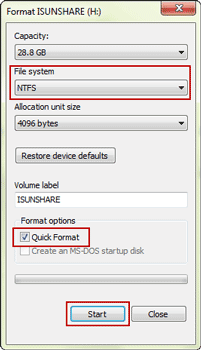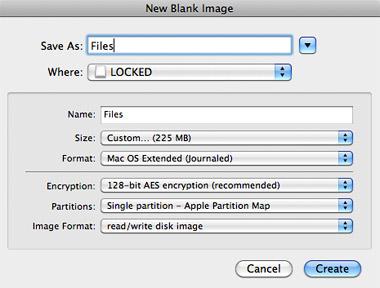

- FORMAT USB KEY FOR MAC INSTALL
- FORMAT USB KEY FOR MAC MANUAL
- FORMAT USB KEY FOR MAC FULL
Note: You can also Recover Lost USB Storage Space.
Then try to format your USB Flash Drive using any method you want. Replacing X with your actual USB device, type the following and then press enter dd if=/dev/zero of=/dev/sd X count=1 bs=4096 status=progress Replacing 1 with your disk number which can be found by running diskmgmt.msc dd if=/dev/zero of=\\?\Device\Harddisk 1\Partition0 count=1 bs=4096 -progressįor Linux users. If that fails, try the following, instead. Replacing X with your actual USB drive letter, type the following and then press enter ĭd if=/dev/zero od= X: count=1 bs=4096 -progress Next, we will wipe out the partition table and leading filesystem information.įor Windows users using dd.exe. Open up a terminal (or command prompt in Windows). Windows users need to download dd.exe to follow along. Here is a last resort you can try before tossing your drive or sd card into the trash. Or if you need to recover from a corrupted USB flash drive or SD card. Note: USB not detected? If none of the options mentioned above worked to help you restore a USB. Recover a Corrupted USB Flash Drive or SD Card with dd 
Several methods to help you restore a USB flash drive back to original state with full capacity.
(1.) Under Disk Mode, Choose USB-FDD, USB-HDD, or USB-ZIP mode I use USB-HDD as it works with every BIOS I use. (1.) Select your USB Flash Drive from the list, (2.) Click Parts Manage.  Download, extract, then run Pauly’s BOOTICE Tool. NOTE: It looks like BOOTICE may no longer be in development as the last revision was in 2016. The tool uses a simple and intuitive GUI. Windows users can also use BOOTICE to format and restore a flash drive. Using BOOTICE to repair a corrupted USB drive That’s all there is to it, you should now have a restored USB key with a single exFAT or fat 32 formatted partition that can be read from any computer. For exFAT, (if using Ubuntu or Debian), type apt install exfat-utils and then type mkfs.exfat /dev/sd x1 (replacing xwith your drive letter). For Fat32, type mkfs.vfat -F 32 /dev/sd x1 (replacing xwith your drive letter). The last step is to create the fat32 or exFAT filesystem. Type umount /dev/sd x1 (replacing x with your drive letter).Ĭ. Type w to write the new partition information to the USB key. Press enter again to accept the default last sector. Next press enter to accept the default first sector. Type 1 to make this the first partition then press enter. Then type p to make this partition primary then press enter. Next we need to create the new partition. (fdisk should automatically select the second partition).ī. Then type d to proceed to delete another partition, if necessary. Type 1 to select the 1st partition then press enter. Next type d to proceed to delete a partition. Then type fdisk /dev/sd x (replacing x with your drive letter). Type fdisk -l and note your USB drive letter.
Download, extract, then run Pauly’s BOOTICE Tool. NOTE: It looks like BOOTICE may no longer be in development as the last revision was in 2016. The tool uses a simple and intuitive GUI. Windows users can also use BOOTICE to format and restore a flash drive. Using BOOTICE to repair a corrupted USB drive That’s all there is to it, you should now have a restored USB key with a single exFAT or fat 32 formatted partition that can be read from any computer. For exFAT, (if using Ubuntu or Debian), type apt install exfat-utils and then type mkfs.exfat /dev/sd x1 (replacing xwith your drive letter). For Fat32, type mkfs.vfat -F 32 /dev/sd x1 (replacing xwith your drive letter). The last step is to create the fat32 or exFAT filesystem. Type umount /dev/sd x1 (replacing x with your drive letter).Ĭ. Type w to write the new partition information to the USB key. Press enter again to accept the default last sector. Next press enter to accept the default first sector. Type 1 to make this the first partition then press enter. Then type p to make this partition primary then press enter. Next we need to create the new partition. (fdisk should automatically select the second partition).ī. Then type d to proceed to delete another partition, if necessary. Type 1 to select the 1st partition then press enter. Next type d to proceed to delete a partition. Then type fdisk /dev/sd x (replacing x with your drive letter). Type fdisk -l and note your USB drive letter. 
Open a terminal ctrl+alt+t and type sudo su.First we need to delete the old partitions that remain on the USB key.
The following manual tasks to restore a USB drive can be performed from a Linux terminal window.Ī. Restoring a USB key to its original state using Linux








 0 kommentar(er)
0 kommentar(er)
